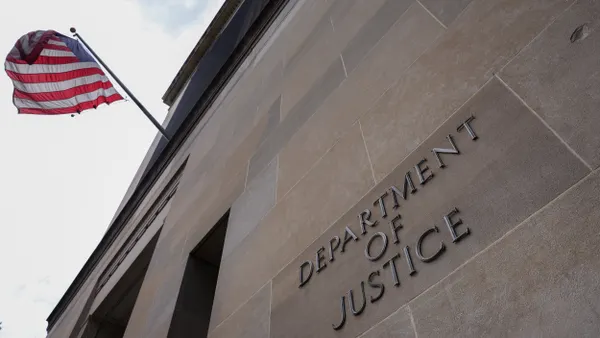Dive Brief:
-
School districts with strong budget management and the ability to raise revenue, in addition to state funding access, will be able to better weather the financial storm exacerbated by recent federal changes in education policy, according to a Moody's Ratings' report released last week.
-
A significant increase in state aid could stave off effects from shrinking federal support under the Trump administration. However, any states' plans to bolster school funding may be scrapped to adapt to other federal policy changes such as reduced Medicaid or disaster recovery funding.
-
School districts in most states have an average ability to increase revenue. Districts in Arizona, Kansas, Michigan, New Mexico, Nevada and Oklahoma have more limited revenue-raising flexibility than other states, the report said.
Dive Insight:
Districts have faced financial turmoil in the past few months, as the Trump administration continues to change course on federal funding that was expected to be available for districts.
The administration withheld pandemic aid reimbursements, for example — a decision it then walked back. It also recently delayed $6.2 billion in federal K-12 grants, only part of which the administration has said it would release so far.
States with a greater dependence on federal funding "will translate into additional credit pressure if federal funding is reduced," the report said. Arizona and Oklahoma, for example, rely on federal funding for more than 20% of their K-12 budgets.
Overall, the federal government provides 13.6% of total K-12 funding, according to the Education Data Initiative.
Additional changes on the federal level will impact school district budgets such as an expansion in school choice — with the nation's first federal school voucher program available nationwide established through the “One Big, Beautiful Bill.” The major tax and spending package was narrowly passed by Congress and signed by President Donald Trump earlier this month.
"This shift could result in enrollment being redirected to alternatives outside traditional K-12 districts," the Moody's report says.
In another Moody's report released in April, the financial outlook and research organization showed that states are unlikely to fill gaps left by the federal government changes, leaving districts with a “limited menu of options.”
"While many states have indeed increased their K-12 education funding, whether these efforts will fully offset the impact of reduced federal support remains uncertain," said Gregory Sobel, senior analyst and vice president at Moody's Ratings, in an email to K-12 Dive. Sobel said that "while state support is growing, it may not be sufficient to fully counterbalance the combined effects of reduced federal aid and heightened competition."
Districts are already feeling the blowback from federal-level changes.
About 85% of superintendents said they have existing contracts previously paid with federal funds that are currently being withheld, forcing them to backfill with local dollars, according to a survey released Tuesday of nearly 630 district leaders across 43 states.
As a result of these spending changes, nearly three quarters of surveyed districts will have to scrap academic services for students, such as tutoring and before or after-school programming, according to the poll conducted by AASA, the School Superintendents Association. Half of superintendents said they will have to make labor cuts, including in special education.
“This isn't a future problem; it's happening now," one superintendent said in the survey. "Our budget was set with these funds in mind. Their sudden withholding has thrown us into chaos, forcing drastic measures that will negatively impact every student, classroom, and school in our district."







 Dive Awards
Dive Awards






